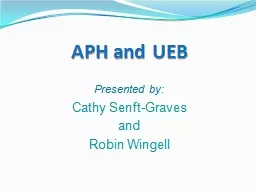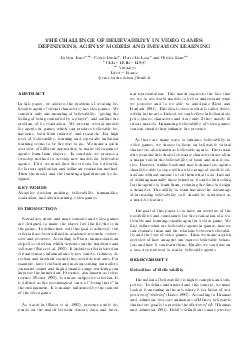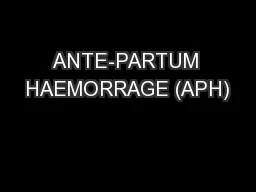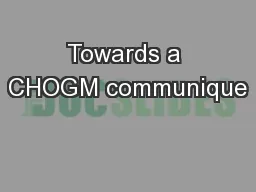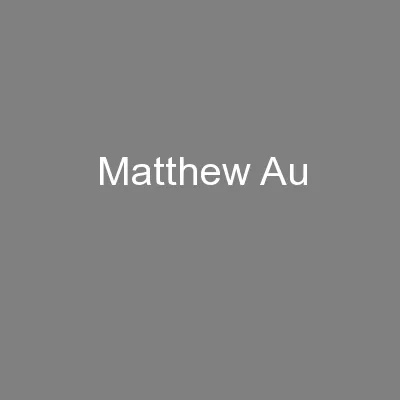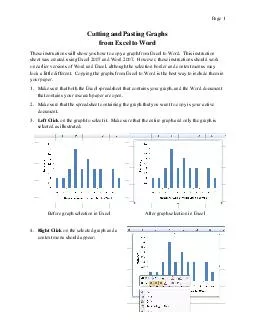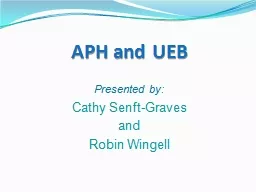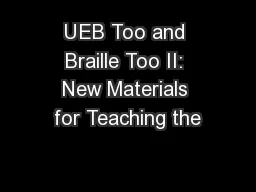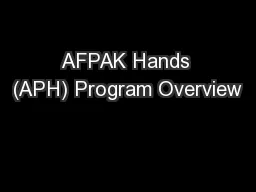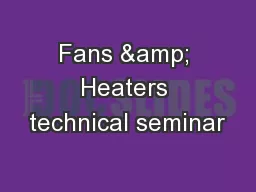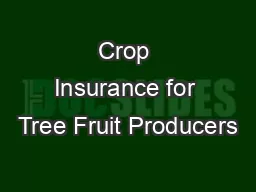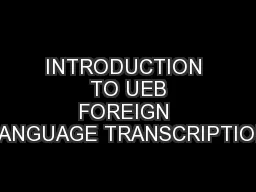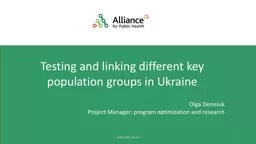PPT-APH and UEB
Author : danika-pritchard | Published Date : 2017-01-19
Presented by Cathy SenftGraves and Robin Wingell Agenda Introductions Policies regarding UEB Transition at the American Printing House for the Blind APH APH products
Presentation Embed Code
Download Presentation
Download Presentation The PPT/PDF document "APH and UEB" is the property of its rightful owner. Permission is granted to download and print the materials on this website for personal, non-commercial use only, and to display it on your personal computer provided you do not modify the materials and that you retain all copyright notices contained in the materials. By downloading content from our website, you accept the terms of this agreement.
APH and UEB: Transcript
Download Rules Of Document
"APH and UEB"The content belongs to its owner. You may download and print it for personal use, without modification, and keep all copyright notices. By downloading, you agree to these terms.
Related Documents

